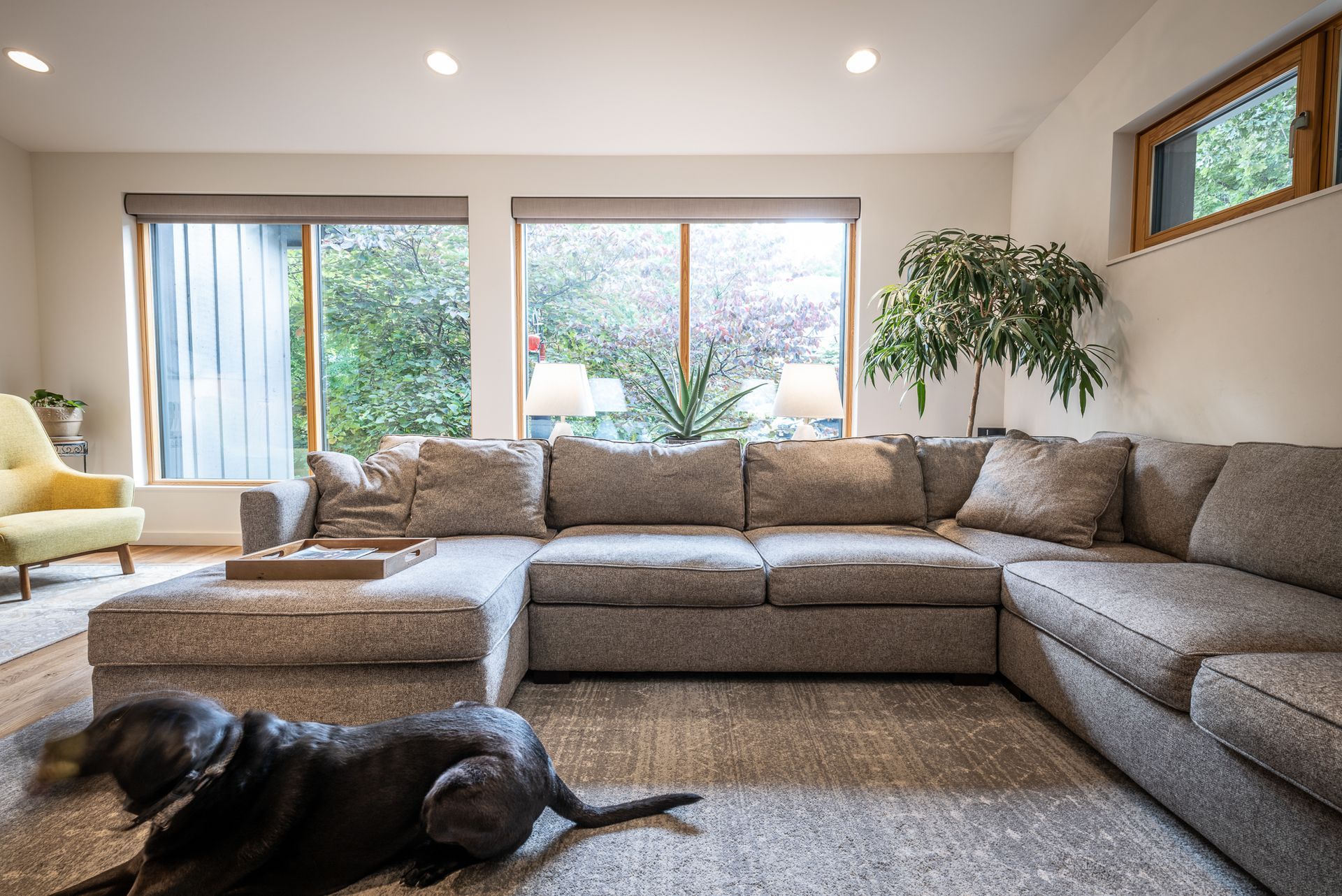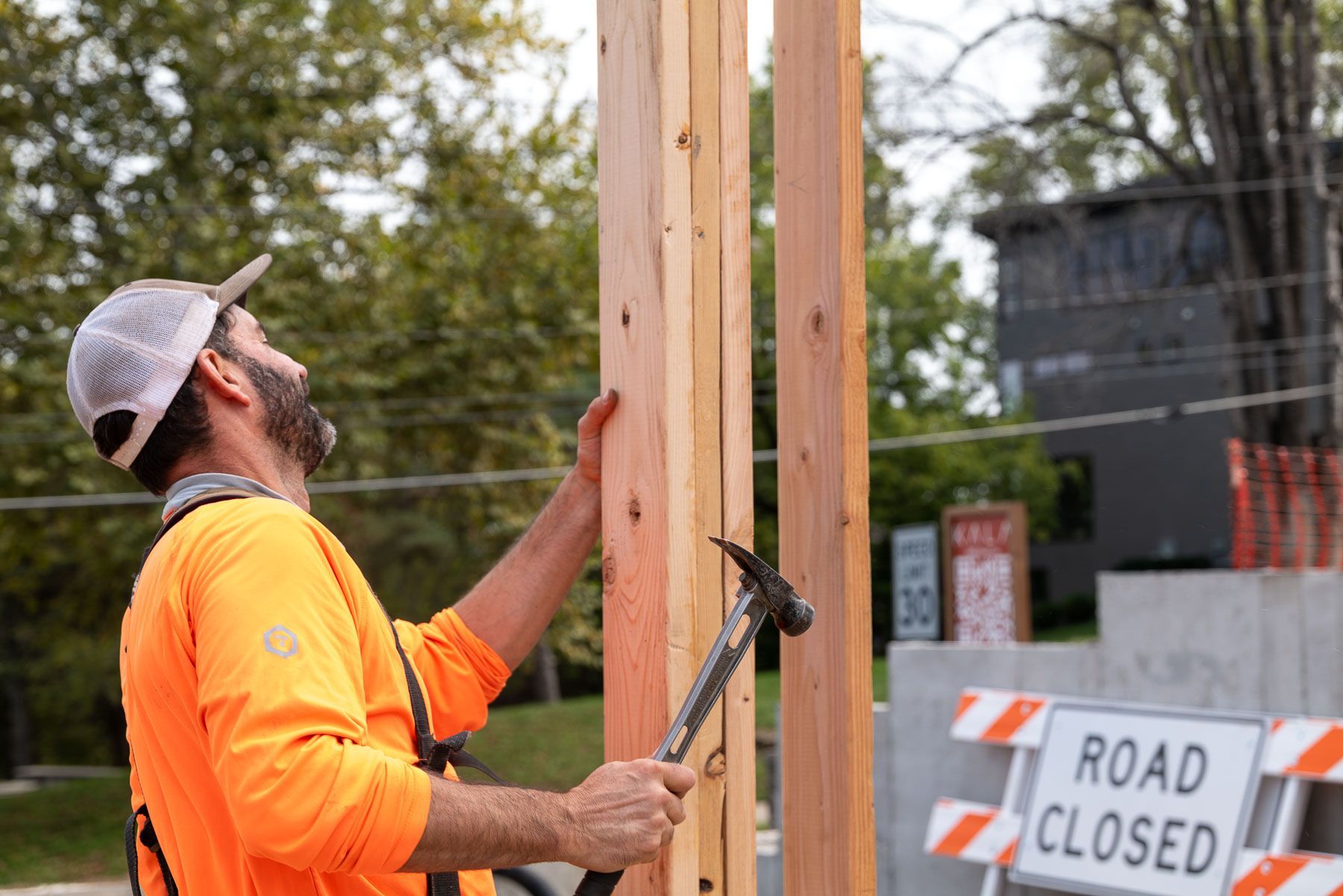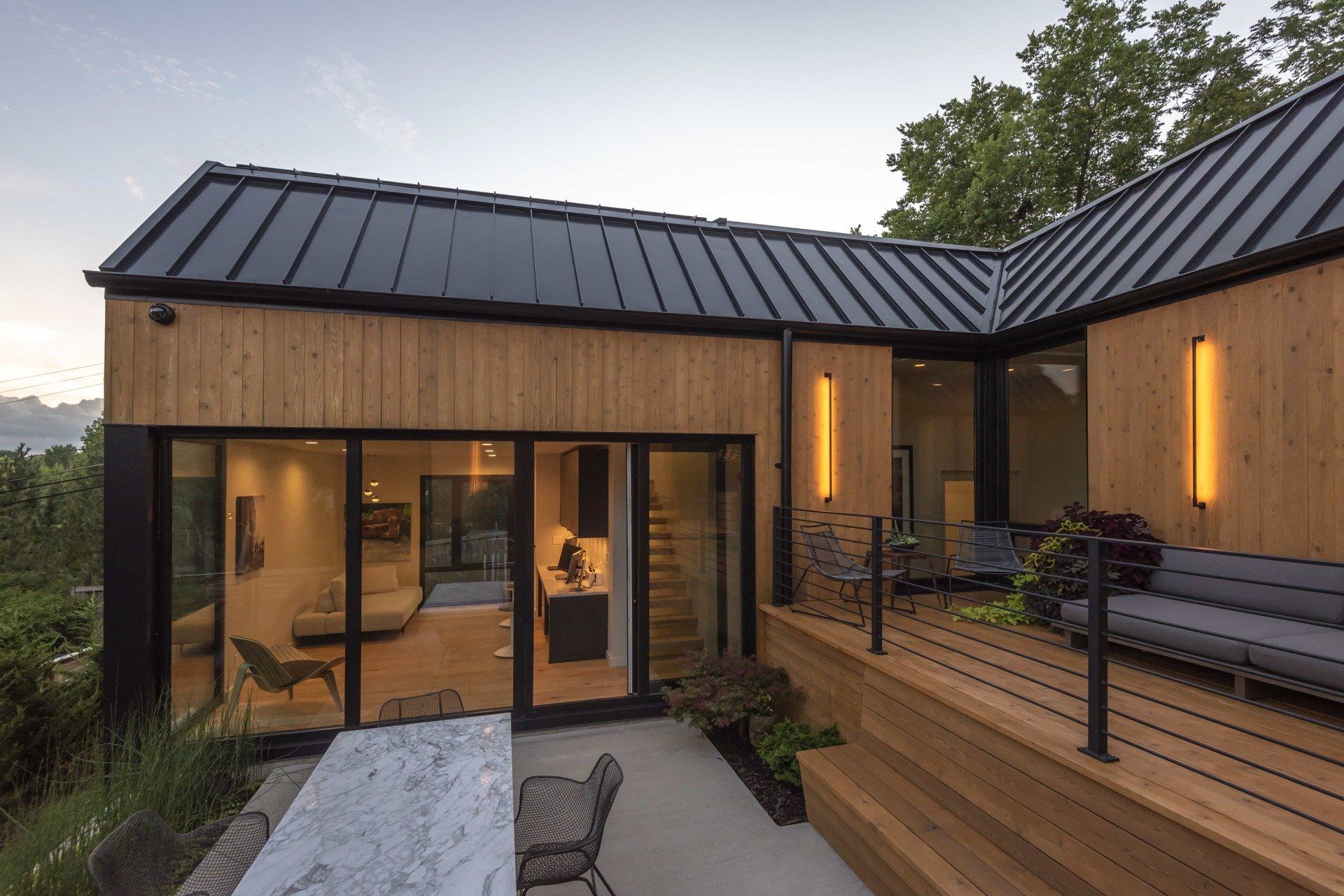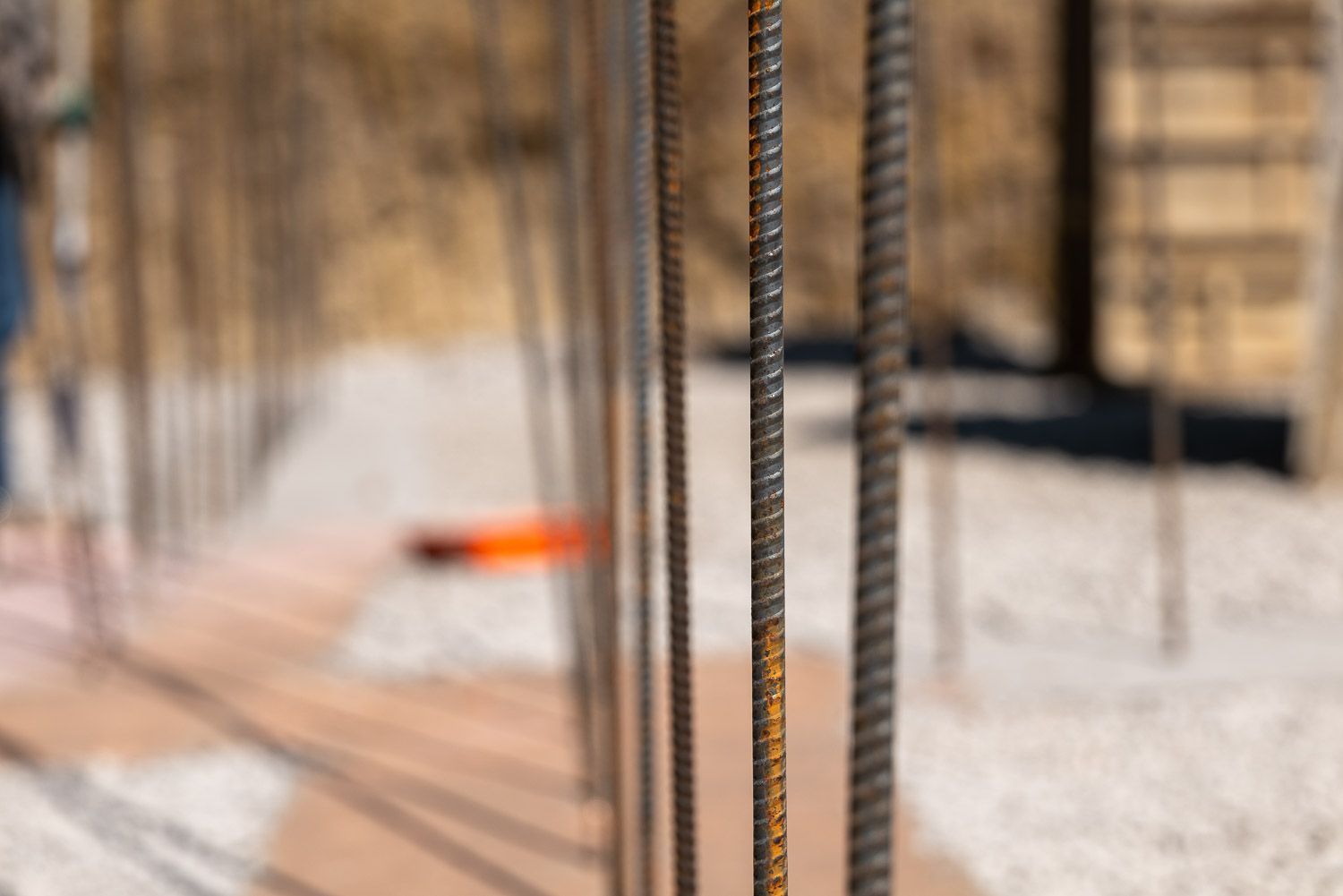Passive Solar vs Passive House

What's the Difference Between Passive Solar and Passive House Building?
In high performance construction, energy efficiency and sustainability continue to be top priorities for many people. This can lead to searching for ways to reduce energy consumption, of which passive solar is one. However, this term can get confused or used synonymously with Passive House building, even though they’re not the same. Let’s explore the similarities, differences, and clear up any confusion.
Defining Solar
One of the fastest growing segments of the home improvement market is installing solar panels to harvest and utilize energy from the sun to generate electricity. This is made possible by the photovoltaic (PV) effect, which is why it’s often referred to as PV solar. It is also called active solar because there’s a process to collect, store, and convert solar energy. It can be used in conjunction with mechanical systems to heat air or water. Active or PV solar is great if you already own a home and want to do something to it that will reduce your energy consumption to benefit the planet and lower your monthly utility bills.
In contrast, passive solar refers to a method that relies on the design and orientation of a home to utilize solar energy to – as the name suggests – passively impact the indoor temperature. Placing the house in such a way that it gets a lot of sunlight is a key starting point. From there, installing south-facing windows in such a way that they will get plenty of light in all seasons is essential. There are a few other considerations to make the most of passive solar. In an article for Earth & Human, Nina Howell explained, “If you want your house to retain the solar heat, then certain materials will need to go into the building of the house itself. Some materials that can capture heat better include ceramic tiles, stones, bricks, and concrete. These materials are excellent at heat retention, and once night falls, they slowly radiate the stored heat.”
Some of the benefits of passive solar include better regulating a comfortable indoor environment without purchasing or maintaining additional equipment, getting plenty of natural light in your house, and not needing to alter the aesthetics as you would with solar panels. However, it’s only possible to pursue passive solar when building a new home, as trying to do it later would involve a full remodel and still may not be doable because of how a house is situated.
Is Passive House Building the Same as Passive Solar?
Simply put, Passive House building is not the same thing as passive solar. It is an approach that originated in Germany with Wolfgang Feist, a physicist who specialized in low-energy architectural designs that were efficient and left a small ecological footprint. He created a prototype dwelling in 1989 that resulted in a set of standards and principles. These have since been adopted in the US by Phius, which certifies builders, tradespeople, and both retail and commercial construction projects.
As Certified Passive House consultant Graham Irwin put it during
an interview with the Building Performance Association: “Passive solar is an approach to building that uses heat from the sun to directly heat a building, whereas Passive House is a performance standard, based around long-standing principles, carefully analyzed and modeled for cost optimization, rather than relying on equipment (e.g., a furnace or air conditioner).”
How Does a High Performance Home Go Beyond Passive Solar?
While some people confuse passive solar and Passive House building, others might think that they could only take an either/or approach while constructing a new, high performance home. This isn’t the case. Although a house with passive solar wouldn’t necessarily include other high-performance features such as an airtight building envelope, continual insulation, and balanced, controlled ventilation, a Passive House build could incorporate passive solar with these. Designing a high-performance home typically begins by situating it in such a way on the building site that there is abundant daylight coming in through the windows year-round. Window type, size, placement, and shading also comes into play. Combined with an ERV and other mechanical systems that source energy from the air and ground, this thoughtful approach can help keep the temperature steady without relying on inefficient traditional HVAC equipment.
While windows often leak air, heat, and moisture and are a common fail point in all too many houses, they’re a differentiator in a high-performance home. The Passive House approach prioritizes correctly installing premium glass, flashing, gaskets, and hardware that makes the most of passive solar, the positive impact of which is often mitigated with lower-grade windows and/or poor installation. It also removes cold drafts in the winter and hot spots in the summer so that you can be comfortable looking out on your surroundings at any time without outdoor conditions affecting you.
Utilizing thick, continuous insulation with high R-values around the entire building envelope and eliminating thermal bridges further encourages retention of energy captured from the sun. It also creates a barrier against the excess air and moisture transfer that can lead to large swings in temperature and humidity. This helps retain energy captured from passive solar and unlocks its full potential for contributing to a comfortable indoor environment while reducing energy consumption and costs. While passive solar can go someway toward you living in a more efficient, comfortable, low-impact way, combining it with all the other standards of Passive House construction is a complete game changer.
Your next home could exceed your expectations for sustainability, comfort, durability, and health through high-performance construction. Want to learn more?
Contact us today.







